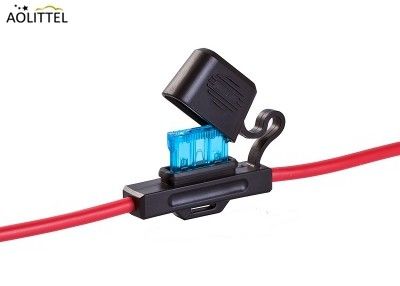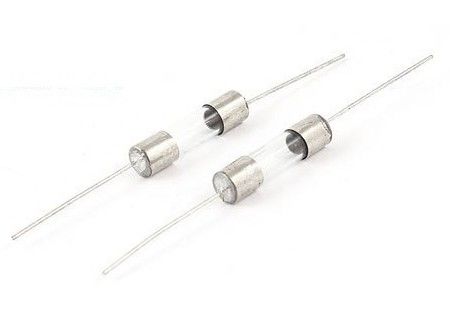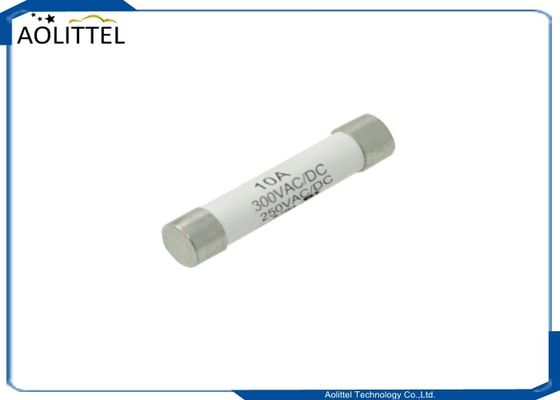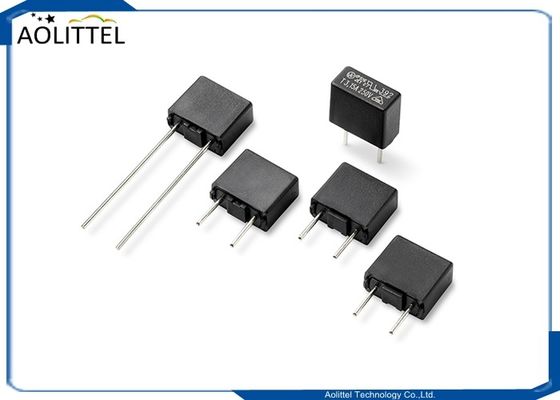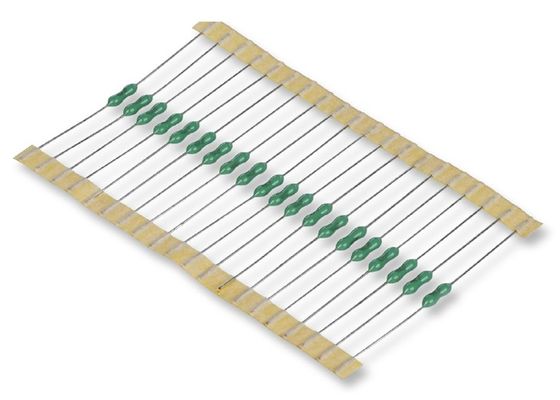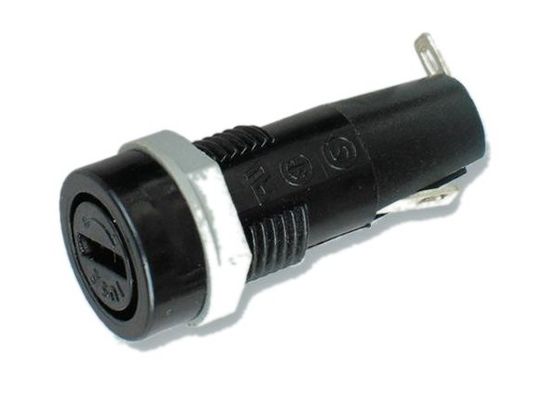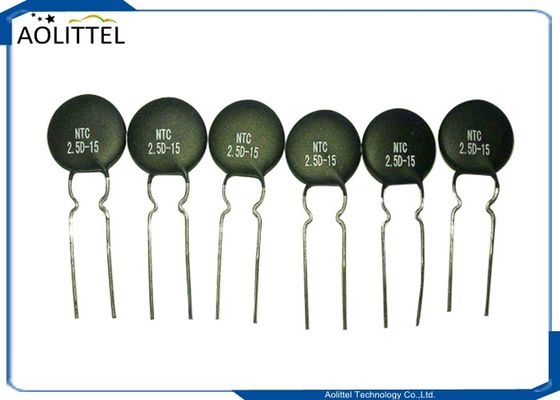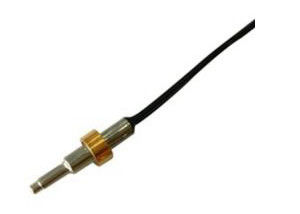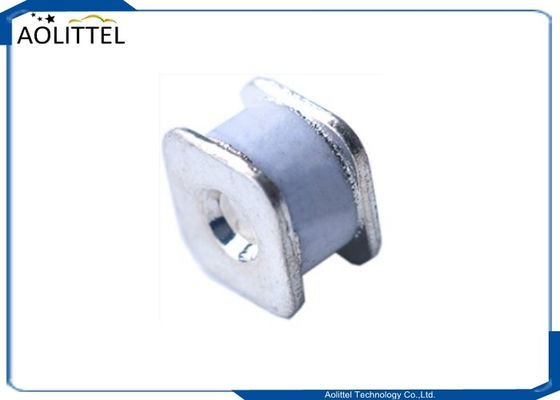Aupo P3-F Pico Subminiature Pellet Ceramic Thermal Fuse TF Cutoff 125C 250V 2A Axial Leaded For Air Conditioner
Description
A thermal cutoff is an electrical safety device that interrupts electric current when heated to a specific temperature. These devices may be for one-time use or may be reset manually or automatically.

Dimension

| Series |
Dimension(mm) |
| a |
b |
c |
d |
e |
| P-F |
9.0±0.5 |
38±3 |
Φ0.54±0.5 |
Φ2.5±0.1 |
3.3 or below |
Part numbering
| Series |
Model NO |
Rated functioning temp. |
Fusing-off temperature |
Holding temperature |
Maximum temp .limit |
Rated current |
Rated voltage |
| P/N |
(Tf) |
|
(Th) |
(Tm) |
(Ir) |
(Ur) |
| P-F |
P1-F |
102℃ |
98±2℃ |
80℃ |
200℃ |
2A |
250V |
| P2-F |
115℃ |
112±3℃ |
99℃ |
200℃ |
2A |
250V |
| P3-F |
125℃ |
120±3℃ |
105℃ |
200℃ |
2A |
250V |
| P4-F |
130℃ |
126±2℃ |
107℃ |
200℃ |
2A |
250V |
| P5-F |
135℃ |
131±3℃ |
115℃ |
200℃ |
2A |
250V |
| P9-F |
138℃ |
135±2℃ |
118℃ |
200℃ |
2A |
250V |
| P7-F |
150℃ |
145±3℃ |
128℃ |
200℃ |
2A |
250V |
| P12-F |
145℃ |
140±2℃ |
126℃ |
200℃ |
2A |
250V |
Rated temperature (Tf) : The temperature at which a Thermal Cutoff changes its state of conductivity to open circuit detection curretThetolerance according to IEC60691 is from +0 to-10°C.(With Japan Electrical Appliance and Material Law,on the other hand,they must function in the tolerance range of ±7"C.).
Fusing (cut)-off temperature: The fusing-off temperature indicates value measured in silicon oil with a temperature increased by 0.5-1X1 per minute and a detective current 10mA or less.
Holding temperature (Th) : The maximum temperature at which a thermal Cutoff will not cause a change in state of conductivity to open circuit while conducting rated current for 168 hours. This rating is required by safety standards based on IEC60691.
Maximum temperature limit ™ : The maximum temperature at which a Thermal Cutoff can be maimtained tor 10 minutes without reclosing.This rating is requirde by safety standards based on IEC60691.
Rated current (lr) : The allowable maximum current which a Thermal Cutoff is able to carry.
Rated current (Ur) : The allowable maximum voltage which a Thermal Cutoff is able to be applied.
What’s The Purpose of a Thermal Dryer Fuse?
Most modern-day clothes dryers have a small but critical safety component known as a thermal fuse. Not to be confused with the cycling thermostat, the fuse is a single-use component that’s designed to prevent fires. To learn more about thermal dryer fuses and why their role in fire prevention, keep reading.
The federal government passed a law several decades ago requiring all clothes dryers – residential and commercial – to include thermal fuses. The thermal fuse acts like a switch, cutting off the flow of electricity when exhaust temperatures reach a certain point to reduce the risk of a fire.
According to data presented by the U.S. Fire Administration’s (USFA’s) National Fire Incident Reporting System (NFIRS), there are approximately 2,000 dryer-related residential house fires each year, resulting in an estimated 5 fatalities, 100 non-life-threatening injuries, and $35 million in property damage.
The single most common cause of dryer-related house fires is failure to clean lint. When lint accumulates inside the filter or exhaust ducts, it creates the perfect environment for a fire. Hot temperatures may trigger combustion in these fine fabric particles, resulting in a house fire. This is why you should clean the lint filter between each load of laundry. It’s important to note that dryer fuses are a single-use component, meaning they must replaced after they’ve tripped. Think of a fuse a surge protector for dryers, as it absorbs energy to prevent fire/damage. Once an event involving high temperatures has occurred, it will no longer trip in future events; thus, the homeowner must replace it to protect against dryer-related fires.
The good news is that thermal dryer fuses are inexpensive and relatively easy to replace. It can be accessed in most Whirlpool models by removing the back panel, at which point you should see the fuse (rectangular-shaped), alongside the cycling thermostat. Make sure your dryer is unplugged from the wall before disconnecting the fuse. Once the old fuse is removed, place the new one inside, reconnect the wires, place the back panel back on the dryer, and it’s good to go.
Of course, you should only replace the dryer fuse after you’ve identified and fixed the problem that’s causing your dryer to overheat. Simply replacing the fuse without solving the underlying problem will likely result in the new fuse being tripped as well; thus, requiring you to replace it yet again.

 Your message must be between 20-3,000 characters!
Your message must be between 20-3,000 characters! Please check your E-mail!
Please check your E-mail!  Your message must be between 20-3,000 characters!
Your message must be between 20-3,000 characters! Please check your E-mail!
Please check your E-mail!

